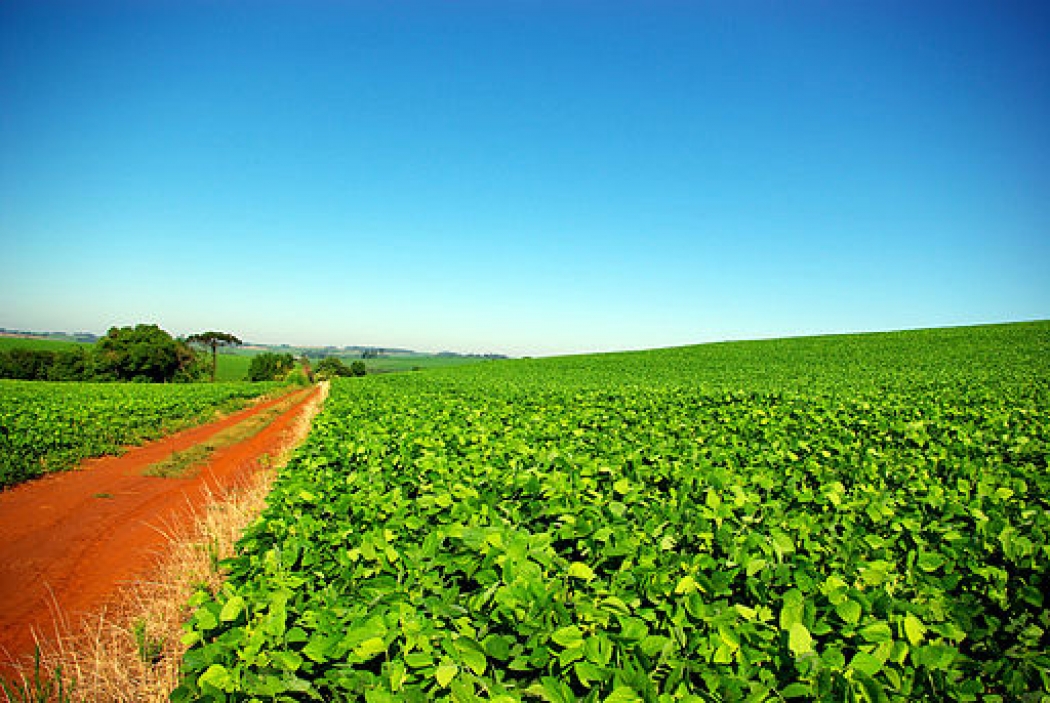RIO DE JANEIRO, BRAZIL – Institutions developing studies on the impacts of climate change have often related this process to the phenomenon announced as Brazil’s worst drought in 111 years, with more severe consequences in the Midwest and Southeast regions, particularly in power generation and agriculture.
According to researcher Carlos Eduardo Pacheco, from the Soil and Plant Nutrition area of EMBRAPA Hortaliças (Brasilia, Federal District), who is developing studies involving the mitigation and adaptation of vegetable production systems to climate change, this relationship cannot be ignored, but it is not the only cause.

“We can observe over the past few years that these extreme weather phenomena such as droughts or torrential rains have become more frequent and more intense, occurrences projected in climate change scenarios that have been studied and developed by applying climate models for some time, but it is not possible to associate these drought events only to these changes, the issue is more complex,” the researcher says.
Based on this reasoning, he explains that in studies focused on this issue projections are developed by applying models designed to respond as closely as possible to the real-world conditions, but “the projected scenarios will not always occur exactly as shown, although there is consistency in most cases.”
“A very widely accepted scenario points to the increase in temperature in all seasons in Brazilian regions and that may reach about 4.5 °C, on average, with impacts on all other climate components observed in Brazil – as a consequence, extreme drought and rainfall events may be observed in specific regions which may cause, for example, desertification processes in part of the semi-arid region and a significant reduction in rainfall indices in the North region and an increase in the occurrence of forest fires in the North, Midwest and Southeast regions,” Pacheco stresses.
Still, according to the researcher, the changes projected for the North of the country may also result in significant changes in the Amazon vegetation, impacting the rainfall regime of most other Brazilian regions, particularly the Midwest and Northeast.
In his opinion, the potential increase in the intensity of rainfall events in other seasons should not be ignored, particularly in the summer and spring in all regions, which may cause landslides and floods.
Mitigation
Despite this situation, the researcher draws attention to what he classifies as “instruments that can mitigate this scenario.”
“We are still able to mitigate the negative impacts of this scenario because there are technologies developed and underdevelopment to adapt the different activities, as has been done in several lines of research conducted at EMBRAPA Hortaliças.”
Among these important technologies for the management of water resources, he highlights the use of hydroponic systems and protected cultivation as tools for water saving and climate control, the recommendation of conservationist systems (crop-livestock-forest), the use of no-till farming and organic agriculture – which are capable of retaining carbon in the soil -, and the reuse of rainwater and domestic and industrial effluents after appropriate treatment.
Pacheco adds to this context the role played by genetic enhancement, with the search for cultivars adapted to extreme temperatures, efficient in the use of water and nutrients, and with tolerance to emerging diseases and pests (especially in the projected climate scenarios).
To support his argument, he notes that, contrary to some of the maxims surrounding the subject, Brazilian agriculture is very much geared towards the development of what is known as conservationist systems.
“If we observe the development of grain agriculture in Brazil, a good part of it was based on the no-till farming system, and at this point the use of crop-livestock-forest integration has been pursued, which is capable of capturing carbon and significantly improving soil quality,” he points out. “I believe that of all economic sectors in Brazil, perhaps the one that has been most active in the field of sustainability is agriculture and cattle-raising.”

